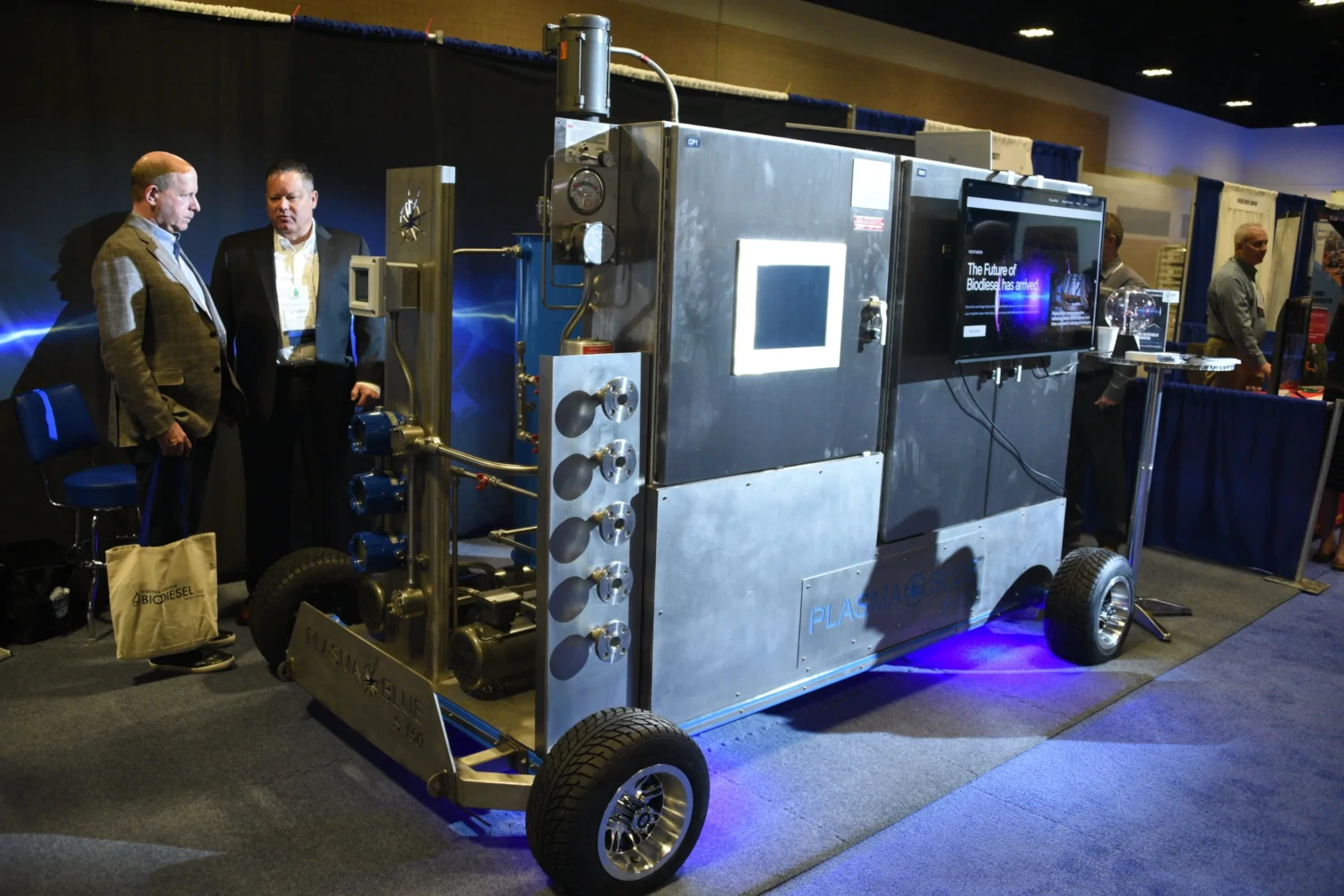What are PFAS?
Per- and polyfluoroalkyl substances (PFAS) are a group of synthetic chemicals that are resistant to heat, water and oil. They are also known as “forever chemicals” because they don’t break down in the environment. They’re a man-made chemical that are produced using electrochemical fluorination (ECF) and fluorotelomerization. This process utilizes extra heat and pressure to lock together or create a fluorotelomerization bond. This bond is one of the hardest to break naturally in chemical bonds.
PFAS have been used extensively in everyday products for decades, including clothing, carpet, cookware, food packaging and firefighting equipment and foam. While these “forever chemicals” are very effective for their intended uses, the unintended consequences are substantial.


